Look for Plover Birds Both on (and off) the Shore
Updated: Jun. 16, 2023
From beaches to farm fields, plover birds take up residence in open spaces from coast to coast. Meet the members of this bird family.
Meet the Plover Bird Family
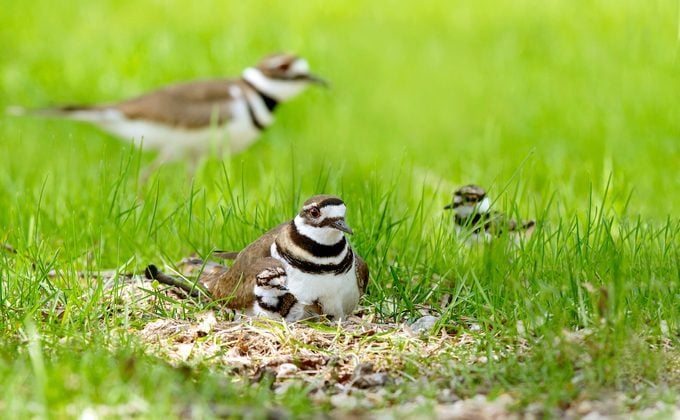
On a visit to the beach, the small shorebirds you see running around at the water’s edge will most likely be sandpipers—but not all of them. Members of the plover family are there too. Seven species are widespread in North America, and a few of them can be found almost anywhere.
Sandpipers have bills that can be long or short, straight or curved, but plovers all have short, straight bills. When searching for food, a plover will run a few steps and stop, run and stop again, looking around for tiny insects, crustaceans or other creatures on the surface.
Learn all about wading birds.
Killdeer
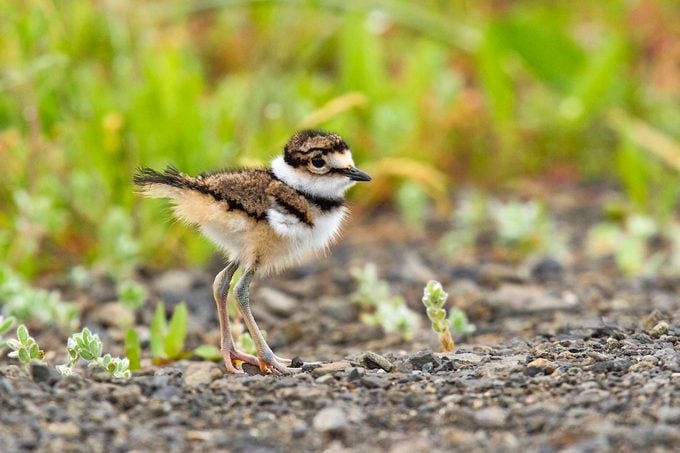
Although these birds are classified as shorebirds, the most familiar and common plovers in North America apparently missed the memo: The killdeer is often found far away from the shore.
Despite the name, it’s not a danger to deer. Instead, the name reflects its loud, plaintive cries of kil-deeer, kil-deeer, often heard as the bird flies overhead.
Killdeer are larger than the average plover, with bright orange-brown at the base of the tail and with two black bands across the chest.
Killdeer are found in any kind of open country except the driest deserts. They’ll nest on the ground in farm fields, large open lawns or gravel roads, or sometimes even on gravel roofs. Like other plovers, they typically lay four eggs in a simple and shallow divot in the ground, and both parents take turns incubating the eggs.
If people or predators come too close, the adult puts on an impressive broken-wing act, fluttering pitifully across the ground to lead the intruder away from the nest area.
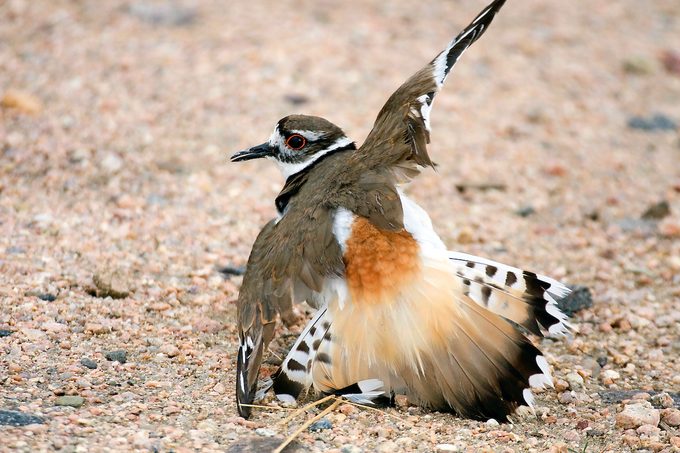
Because of their wide choice of habitats, killdeer are common all over the lower 48 states and the southern half of Canada in summer, withdrawing from the northern areas in late fall. At the end of winter they are among the earliest migrants to move north, providing a welcome sound of spring.
See more birds that nest on the ground.
Wilson’s Plover
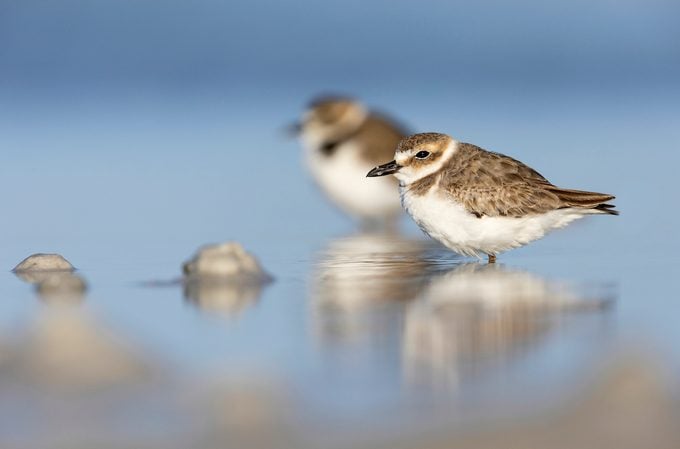
Killdeer are known by their two black neck rings, but four smaller plovers show only a single ring. Three of them can be found nesting in the Lower 48.
The Wilson’s plover is a bird of mostly tropical shores, and it’s found in the U.S. only along the Gulf and southern Atlantic coasts. It has a thicker beak than most plovers, which is useful for crunching small crabs, its favorite food.
That’s not a duck: discover 7 water birds you should know.
Piping Plover
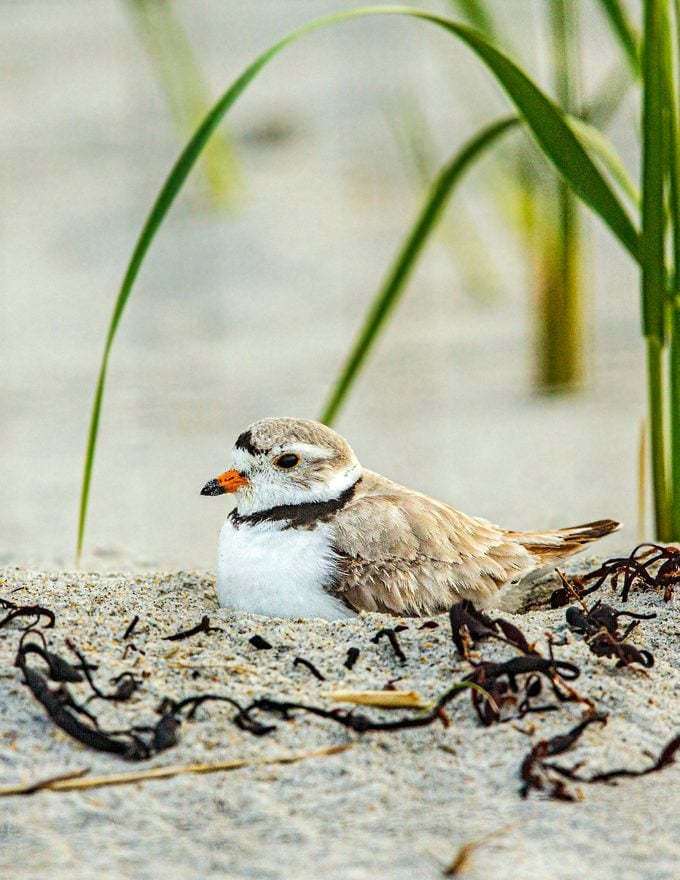
Two small and very pale plovers, with backs the color of dry sand, have separate ranges in summer. The piping plover nests in three separate areas: along the northern and central Atlantic coast, around the Great Lakes, and around lakes and river edges in the northern Great Plains.
Snowy Plover
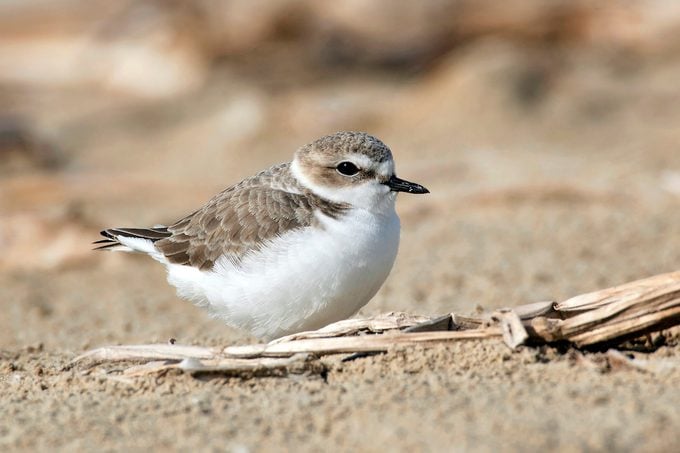
The snowy plover nests on beaches of the Pacific and Gulf coasts and on alkali flats in the interior of the West, from the edges of the Great Salt Lake to the salt plains in Oklahoma. Snowy plovers send small vibrations into the ground by standing still and rapidly tapping one foot. The goal is to lure prey up to the surface.
Both piping plovers and snowy plovers migrate short distances to southern coastlines for the winter.
Semipalmated Plover
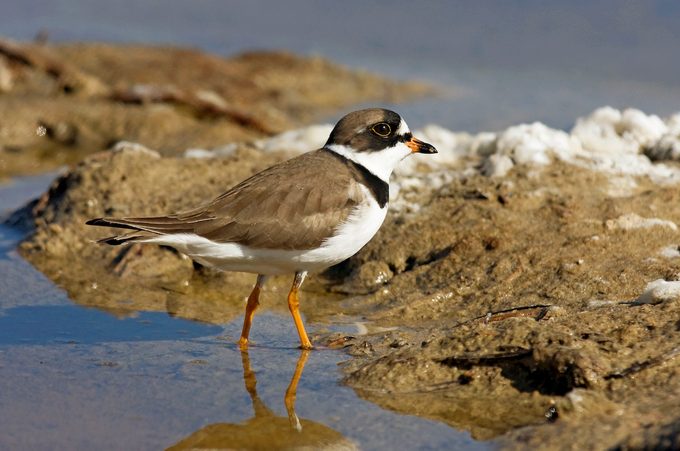
The other single-ringed plover is more of a traveler. The semipalmated plover—named for the slight amount of webbing between its toes, of all things—spends the summer on tundra in the Far North and then migrates south in fall to spend the winter on southern coastlines stretching from the U.S. all the way to South America.
It’s much more common than the Wilson’s, piping or snowy plovers, and during migration it might be seen at the water’s edge almost anywhere, from ocean beaches to ponds in the middle of the country.
American Golden-Plover and Black-Bellied Plover
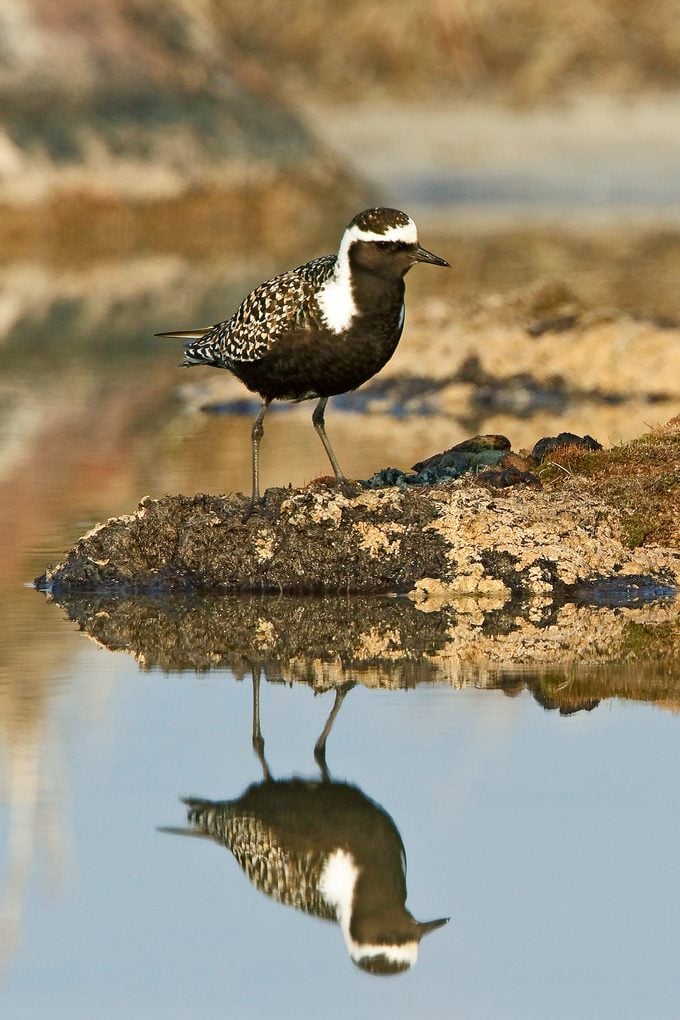
The semipalmated isn’t the only plover nesting on the tundra. That high-Arctic realm also hosts two large species: the American golden-plover and the black-bellied plover. These two share a striking and unusual pattern in breeding plumage: black on the face and underparts, separated from the paler upper parts by a bold white stripe. The back is spangled with gold on the golden-plover and silver on the black-bellied plover.
These two are both world travelers. From its summer home on the tundra in northern Alaska and Canada, the American golden-plover migrates to the grasslands of southern South America for the winter.
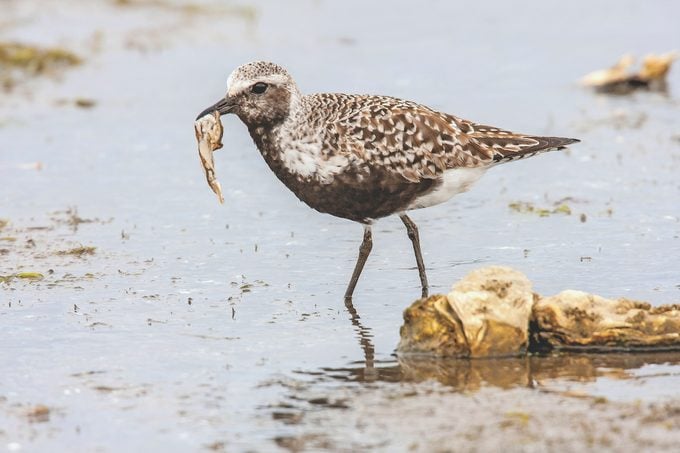
The black-bellied plover spends the summer in high-Arctic zones, mainly in Canada and Russia. But for the rest of the year it can be found on coastlines all over the world, including the U.S.
It’s mostly a drab gray-brown in its winter plumage, but it can be recognized by voice. Its mournful whistle, falling and then rising again—teee-ooo-weee—is a characteristic sound of winter beaches.
Pacific Golden-Plover
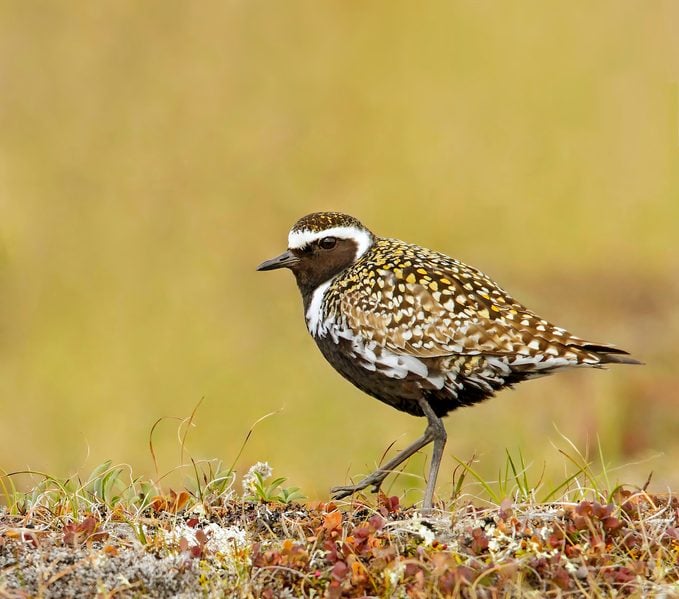
The Pacific golden-plover nests in western Alaska and migrates to islands in the Pacific, including Hawaii. Some fly nonstop, about 2,000 miles, from their breeding grounds to winter in Hawaii. Others fly even farther to New Zealand, southeast Asia and Australia.
Check out these amazing bird migration secrets.
Protecting Plovers
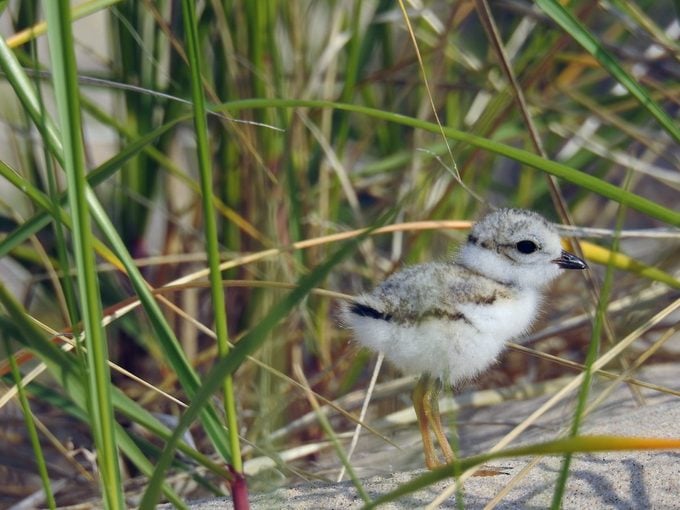
People love the beach in summer—and that can be a problem for birds that nest on those same beaches. Groups have organized to protect nesting sites for snowy plovers on the Pacific coast and piping plovers on the Atlantic coast. After getting the necessary federal and state permits, they monitor nests and put up fencelike exclosures around them to keep out predators, pets and people. Piping plovers on the Great Lakes were down to only 13 nesting pairs in 1990. Thanks to a coordinated effort, that number is now back up to more than 60. Learn more at greatlakespipingplover.org.
In addition, because killdeer aren’t choosy about nest location, they are among the most successful shorebird species. But nesting near humans also leads to pesticide exposure and vehicle collisions, so skip the pesticides and keep an eye out for these land-loving birds in areas they frequent.
Next learn about 10 egrets and herons found in North America.




















